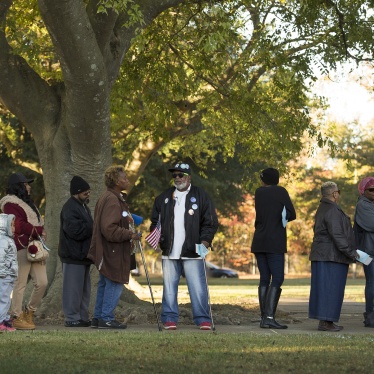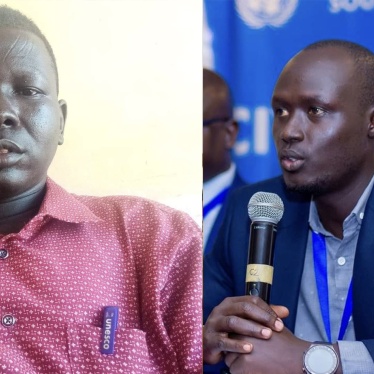When a New York City judge set a $1 million bail for Sonny Franzese, the legendary mobster accused of extortion posted the funds and went home. But when another man - homeless and drug-addicted - had bail set at $750 for possessing a cigarette with crack in it, he didn't have money for bail and ended up spending a week at Rikers Island. He became one of the thousands of New Yorkers accused of nonfelony crimes, primarily misdemeanors, sent to jail each year because they are too poor to buy their pretrial freedom.
Pretrial liberty should not depend on your bank account. But incarcerating the poor for want of several hundred dollars for bail is a daily inequity in New York's criminal justice system.
In 87% of the cases in which nonfelony defendants have bail set at $1,000 or less, the defendants are not able to post bail at arraignment. They spend an average of two weeks behind bars, accused of low-level offenses such as smoking marijuana in public, shoplifting or possessing small amounts of drugs.
Pretrial detention is endured primarily by blacks and Latinos. Indeed, they constitute 89% of all pretrial detainees accused of felonies and nonfelonies who are held on bail of $1,000 or less. The racial disproportion in pretrial detention does not appear to arise from the influence of race in bail setting so much as from the disproportionate rates of minority arrests in New York. Blacks and Latinos constitute 51% of the city population, but 82.4% of all misdemeanor arrests.
Men and women accused of misdemeanors who cannot afford bail account for almost one in four of the annual admissions to New York jails. The cost to the city is considerable. According to the Correction Department, the city could save $161 per inmate per day if the jail population were reduced by 800 or more. The city could have saved more than $42 million in just one year if it had not incarcerated the 16,649 people arrested in 2008 on nonfelony charges who could not post bail upon arraignment.
Most low-level defendants are released on their own recognizance. Judges set bail when they believe a defendant might not otherwise return to court. Having skipped court proceedings in prior cases, not having strong community ties (e.g., not being employed or in school) or having an open case are considered signs the defendant may be a risk for not coming back to court.
But the decision to set bail is different from the decision about the amount and form of the bail.
The amount is supposed to be tailored to the defendant's resources. For some defendants, $100 might be a meaningful incentive; for others, it might take $10,000 to prevent flight. Unfortunately, whether deliberately, inadvertently or carelessly, New York judges usually set bail at amounts that are unaffordable for the indigent defendants who stream into court accused of low-level offenses.
Judges could change the current "bail equals jail" equation. They could set bail in lower amounts. They could set bail in the form of an unsecured bond, which does not require defendants to come up with money to avoid pretrial jail, only to pay the designated amount if they fail to return.
The city could also create programs of supervised pretrial release for defendants who are not suitable for release on their recognizance and who cannot afford bail. Other jurisdictions have successfully instituted pretrial supervision.
Jail should be reserved for the convicted, and for dangerous defendants accused of violent crimes. It should not be a variation on the poorhouse, where we shelve - at great public expense - those accused of petty offenses because they don't have a few hundred dollars to their name.
Fellner is senior counsel in the U.S. program at Human Rights Watch and the author of a new report, "The Price of Freedom: Bail and Pretrial Detention of Low Income Nonfelony Defendants in New York City."





